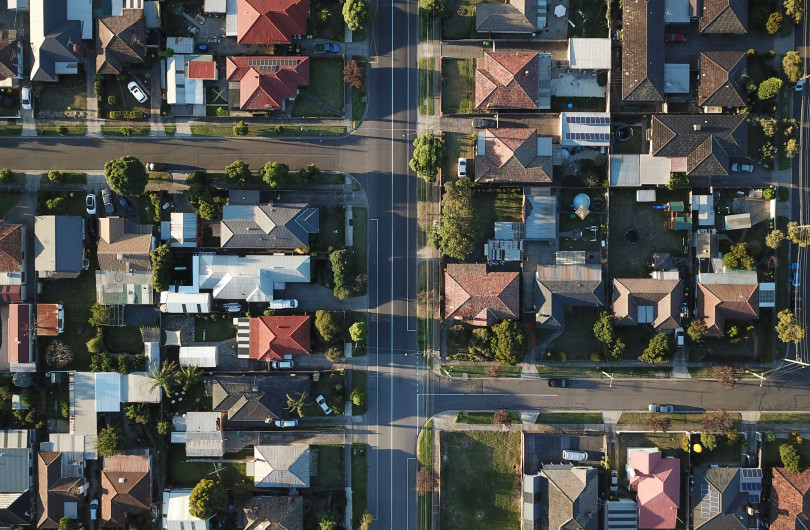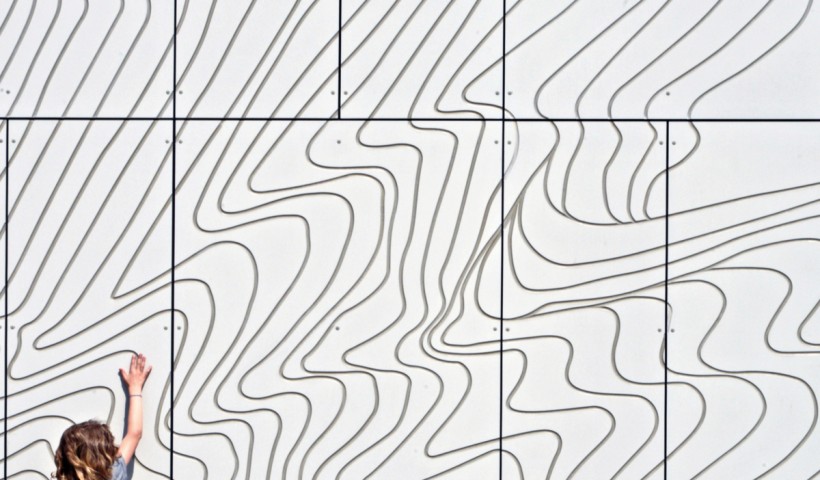![Elevate Your Interior Vision with Digitally Printed EQUITONE [inspira]](/assets/Uploads/ebossnow/2024/10/Screenshot-2024-10-29-at-12__FillWzgyMCw0ODBd.23.08PM.png) NEW
NEW
The Building Agency has designed, developed and tested a number of facade systems that utilise ventilated facades to improve moisture control and thermal efficiency, major contributors towards H1 Performance.
These systems have many advantages, but those that contribute significantly to H1 performance include:
- Energy efficiency of the building
- Reduction of humidity
- Hygrothermal balance with greater healthiness in the interior
- Elimination of thermal bridges
- Thermal inertia of the enclosure
- Ventilation of the chamber in summer thanks to the 'chimney effect'
- Acoustic insulation
- Protection of the interior enclosure against inclement weather
Ventilated Facades should be designed with other performance requirements in mind, particularly allowing for air flow while also maintaining fire performance.
Fire, thermal and watertightness performance must all be considered in the design of a facade along with durability and sustainability.













 New Products
New Products

















 Popular Products from The Building Agency
Popular Products from The Building Agency


 Most Popular
Most Popular


 Popular Blog Posts
Popular Blog Posts
